Key Takeaways
- Khapli dough needs patience and gentle kneading, not heavy pressing.
- Warm water and resting time ensure soft, smooth dough texture.
- Low gluten makes it gut-friendly, rustic and easily digestible.
So you’ve got your Khapli Atta ready, rolling pin nearby, maybe even a playlist going. You’re all set to make those earthy, wholesome rotis. But then it hits you — this dough doesn’t behave like your usual wheat flour.
Welcome to the Khapli experience
Don’t worry. Kneading Khapli dough isn’t hard — it just plays by its own rules. Once you get the hang of it, it’s actually pretty relaxing. Let’s walk through it.
Why Is Khapli Dough Different?
Khapli (also known as Emmer wheat) is an ancient grain with low gluten content. That means it doesn’t have the usual stretchiness or bounce you might be used to with regular wheat.
The good news? It’s way easier on your gut. The tradeoff? You just need to knead it with a little more patience and gentler hand.
What You’ll Need
- Khapli Atta (start with 1 cup)
- Warm water (around ½ cup, added slowly)
- A pinch of salt (optional)
- A bowl and your hands — that’s it
How to Knead Khapli Dough (Step-by-Step)
1. Start Slow
- Add the Khapli Atta to a large mixing bowl.
- Sprinkle in a pinch of salt if you like.
- Pour in warm water a little at a time — don’t dump it all in at once.
2. Bring It Together
- Use your fingers to gently mix the flour and water.
- As it starts coming together, keep adding small amounts of water as needed.
- The dough will feel a bit coarse at first — that’s totally normal.
3. Gentle Kneading Only
- Unlike regular dough, you don’t need to punch or press hard.
- Just fold, press and rotate the dough slowly and softly.
- Keep kneading until it becomes soft, smooth and slightly sticky.

4. Let It Rest
- Once kneaded, cover the dough with a damp cloth and let it rest for 10–15 minutes.
- This helps the flour absorb the water fully and makes the dough easier to roll.
5. Check the Texture
- After resting, the dough should feel supple — not too dry, not too wet.
- If it feels sticky, dust your hands with a bit of dry flour.
- If it’s too dry or cracking, add a few drops of water and knead again lightly.
Quick Tips
- Use warm water, not cold. It helps soften the tough bran naturally found in Khapli.
- Don’t over-knead. This dough doesn’t need intense effort — it just needs a bit of care.
- Cover it up. Always rest the dough with a cloth or lid so it doesn’t dry out.
Final Thought
Kneading Khapli dough is kind of like dealing with an old soul — you can’t rush it, but once you get into the rhythm, it’s grounding and simple. Plus, knowing you’re working with a grain that’s been around since ancient times? That’s just cool.
Next step: roll it, cook it and take a bite of history.




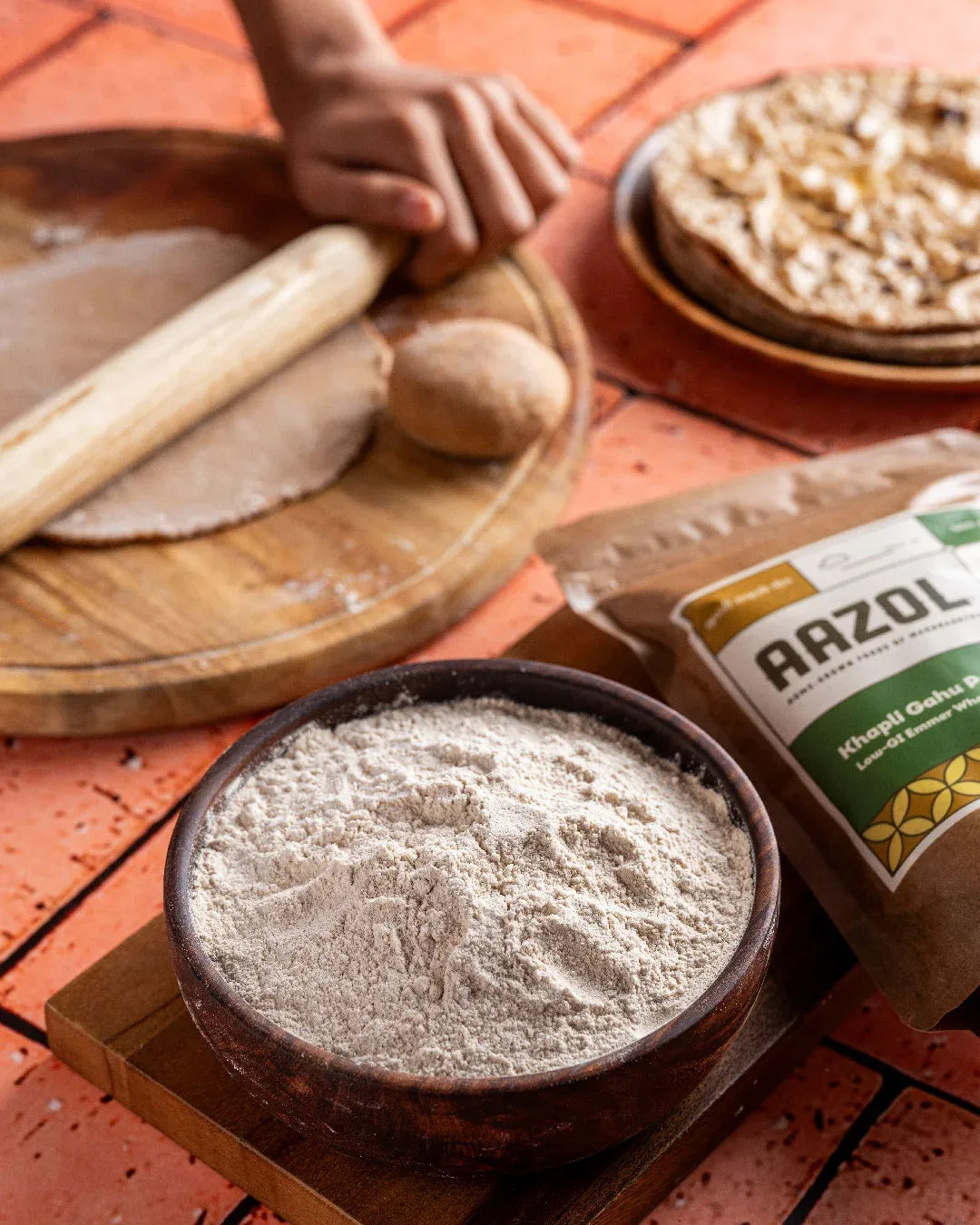
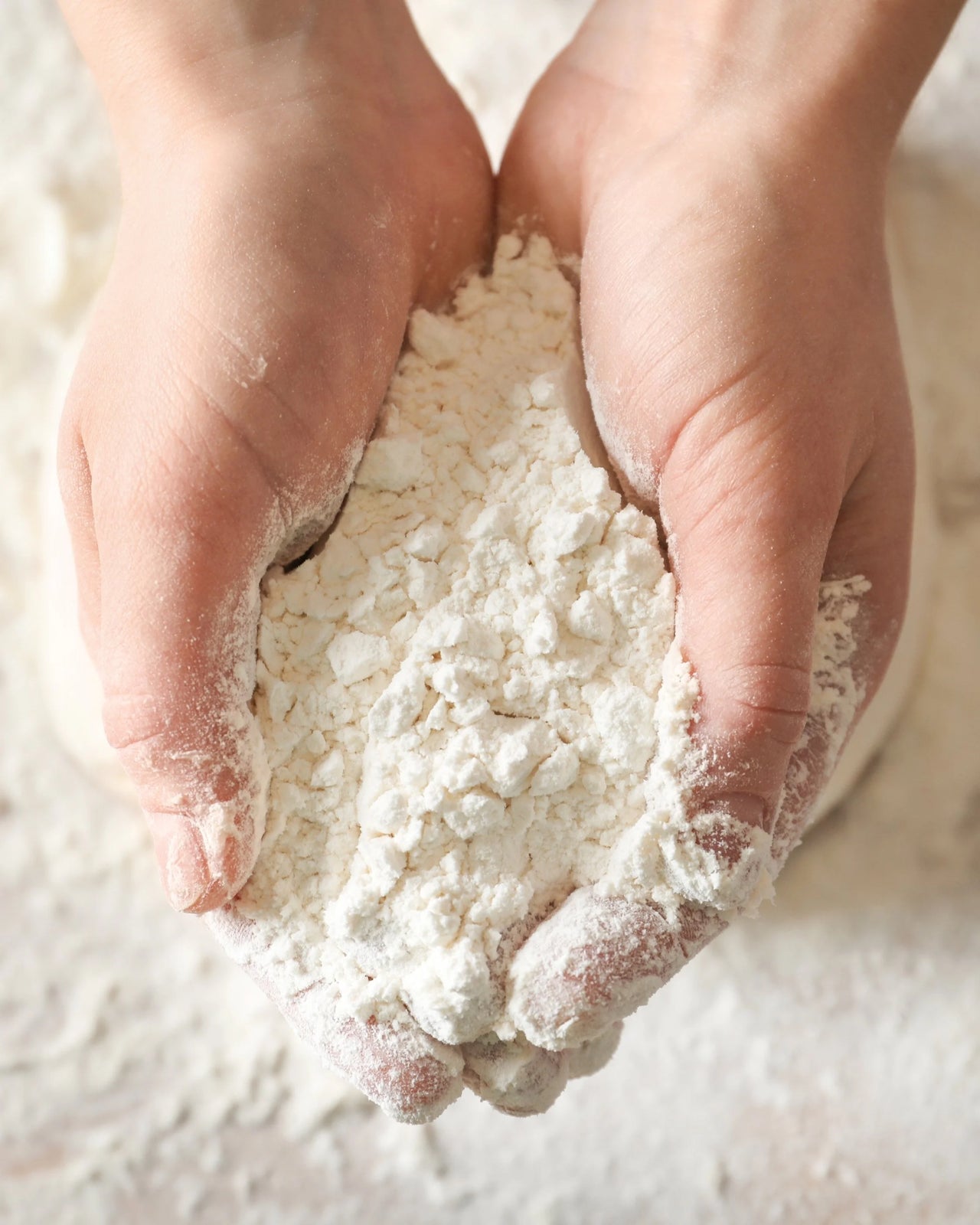

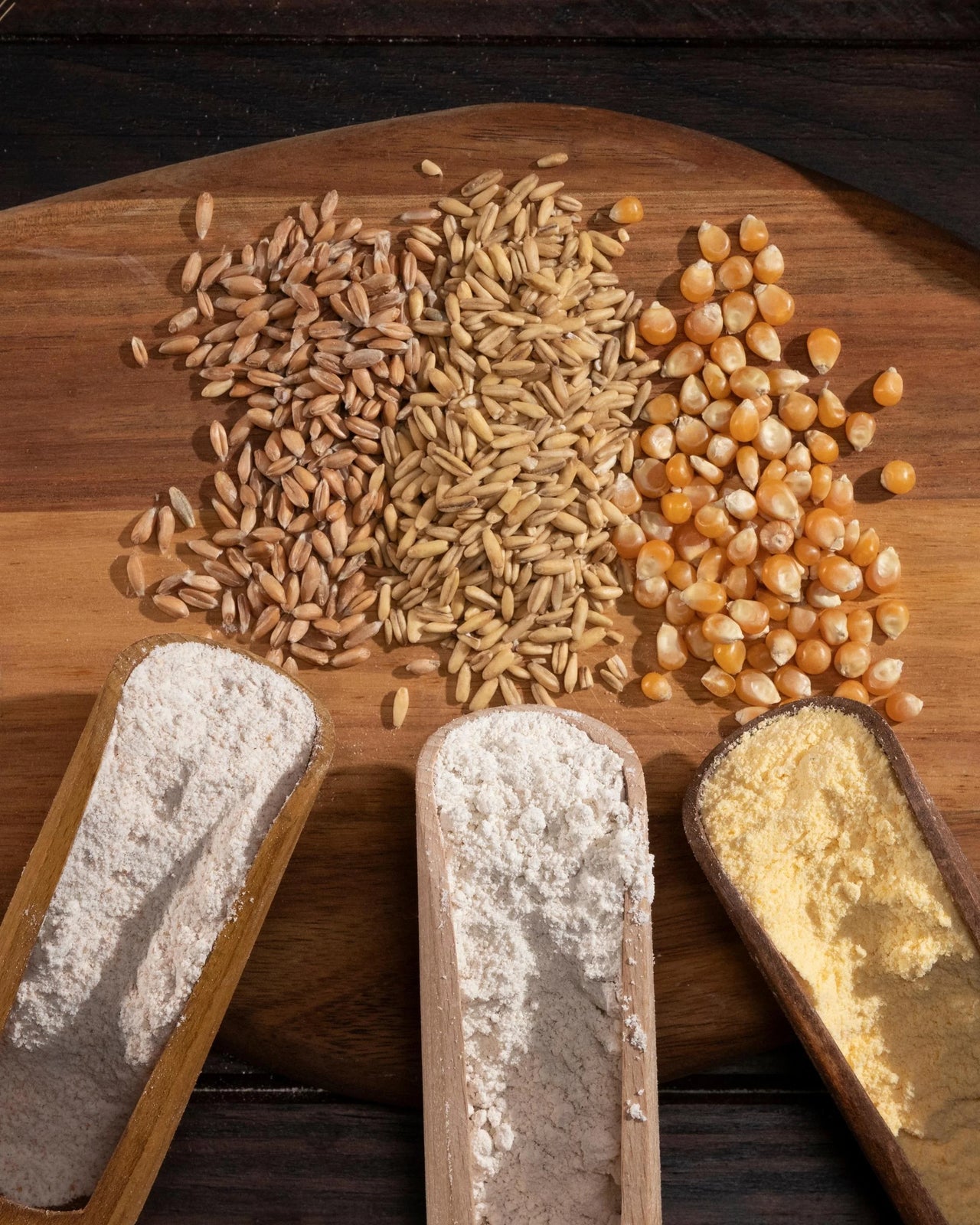

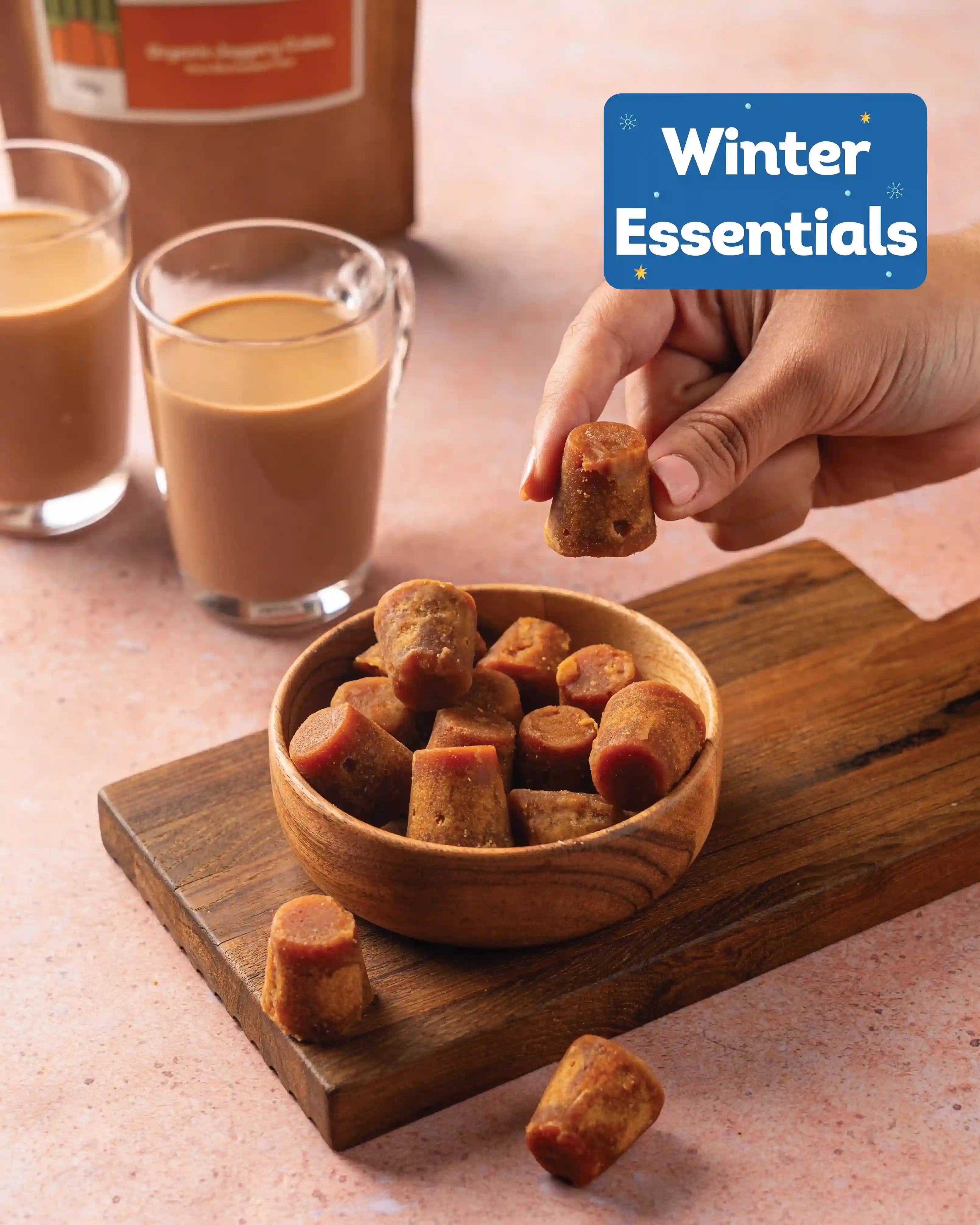
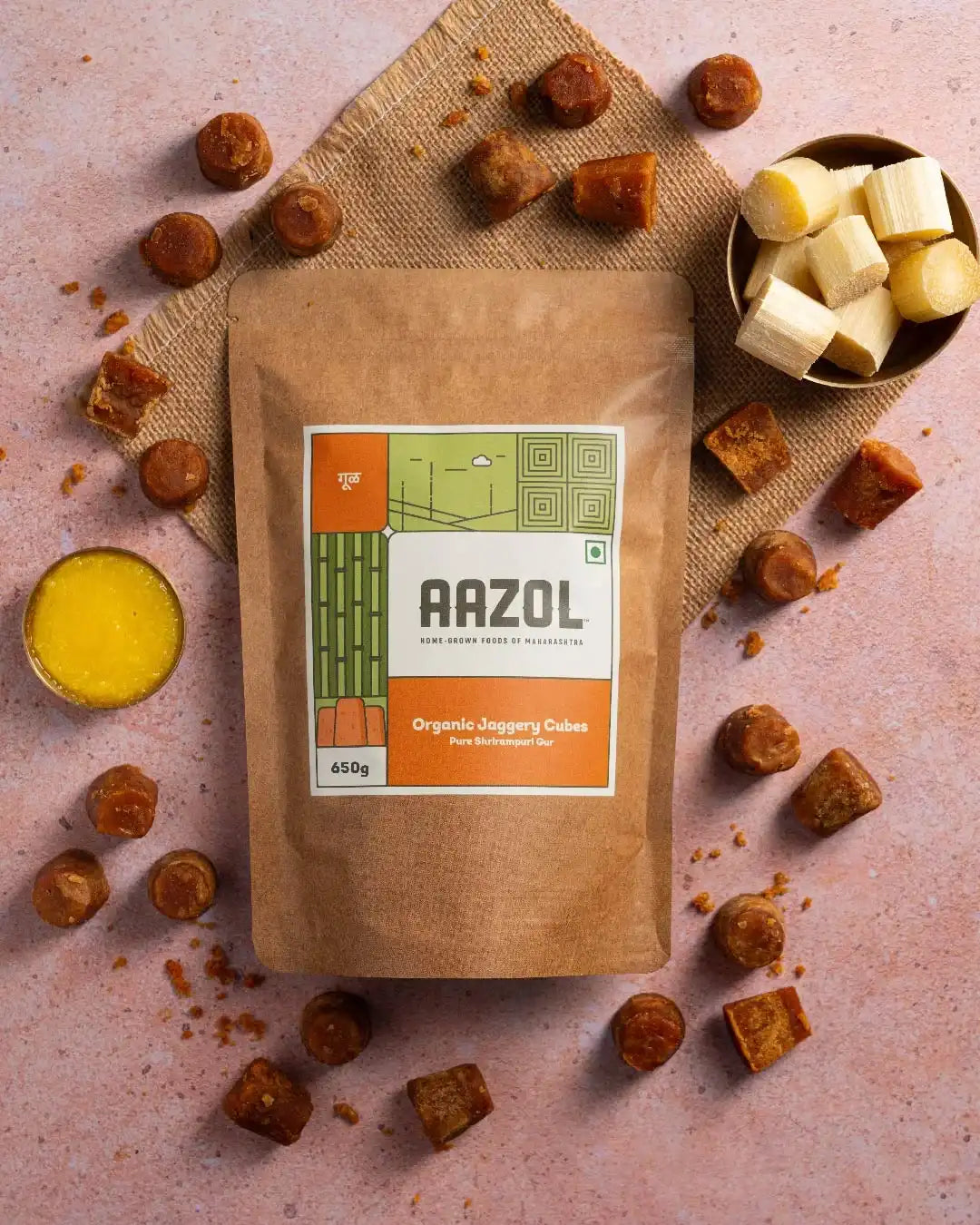
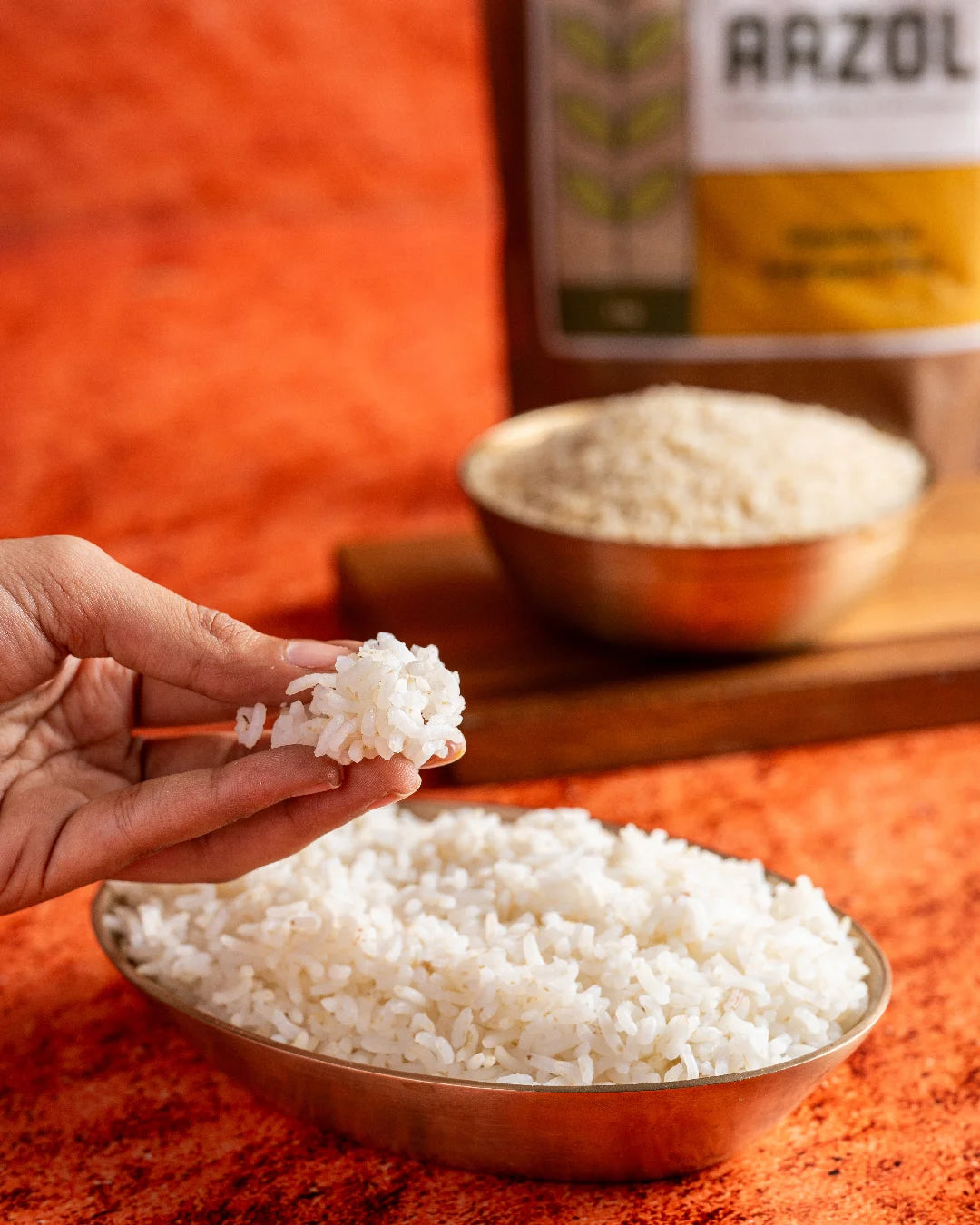
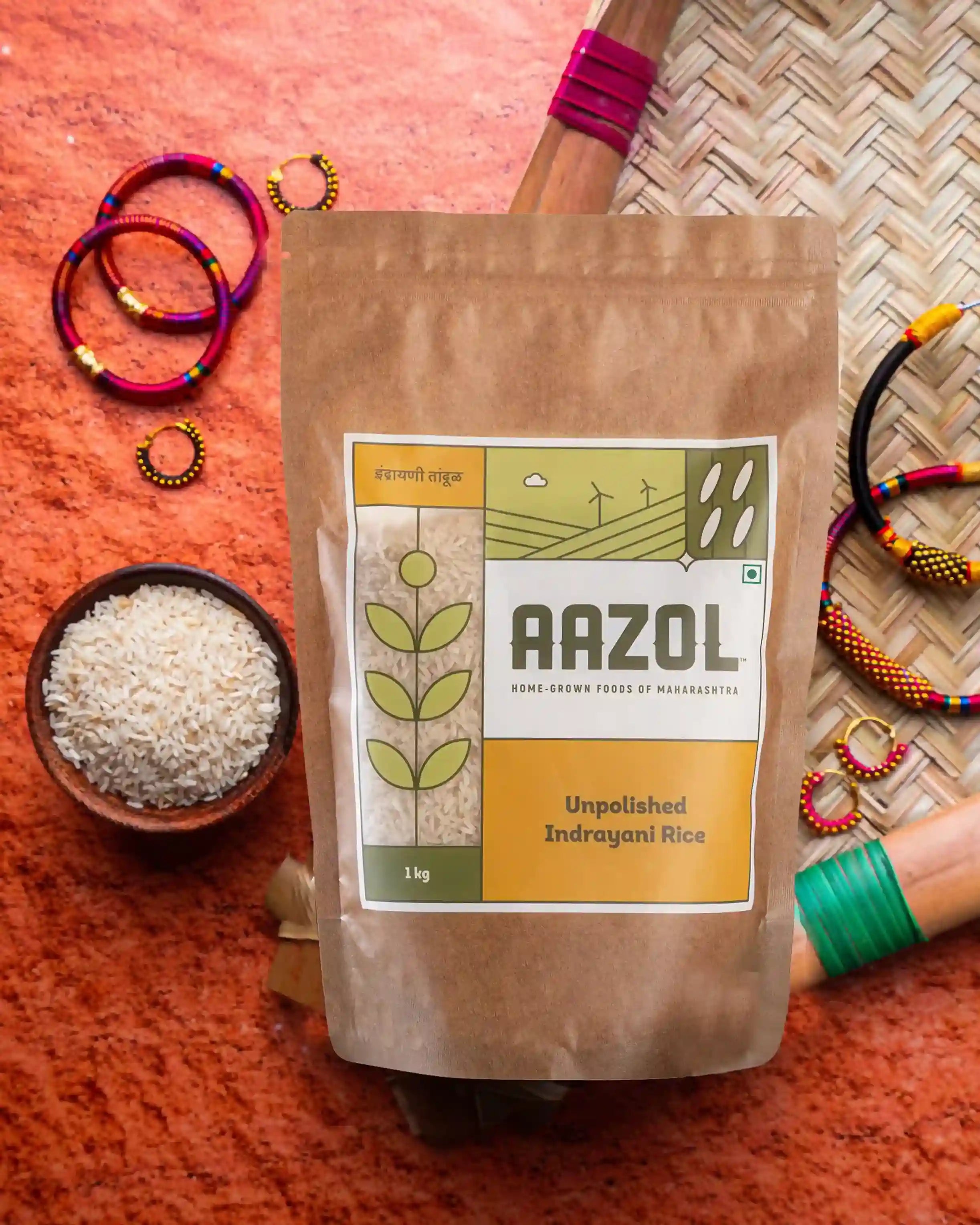
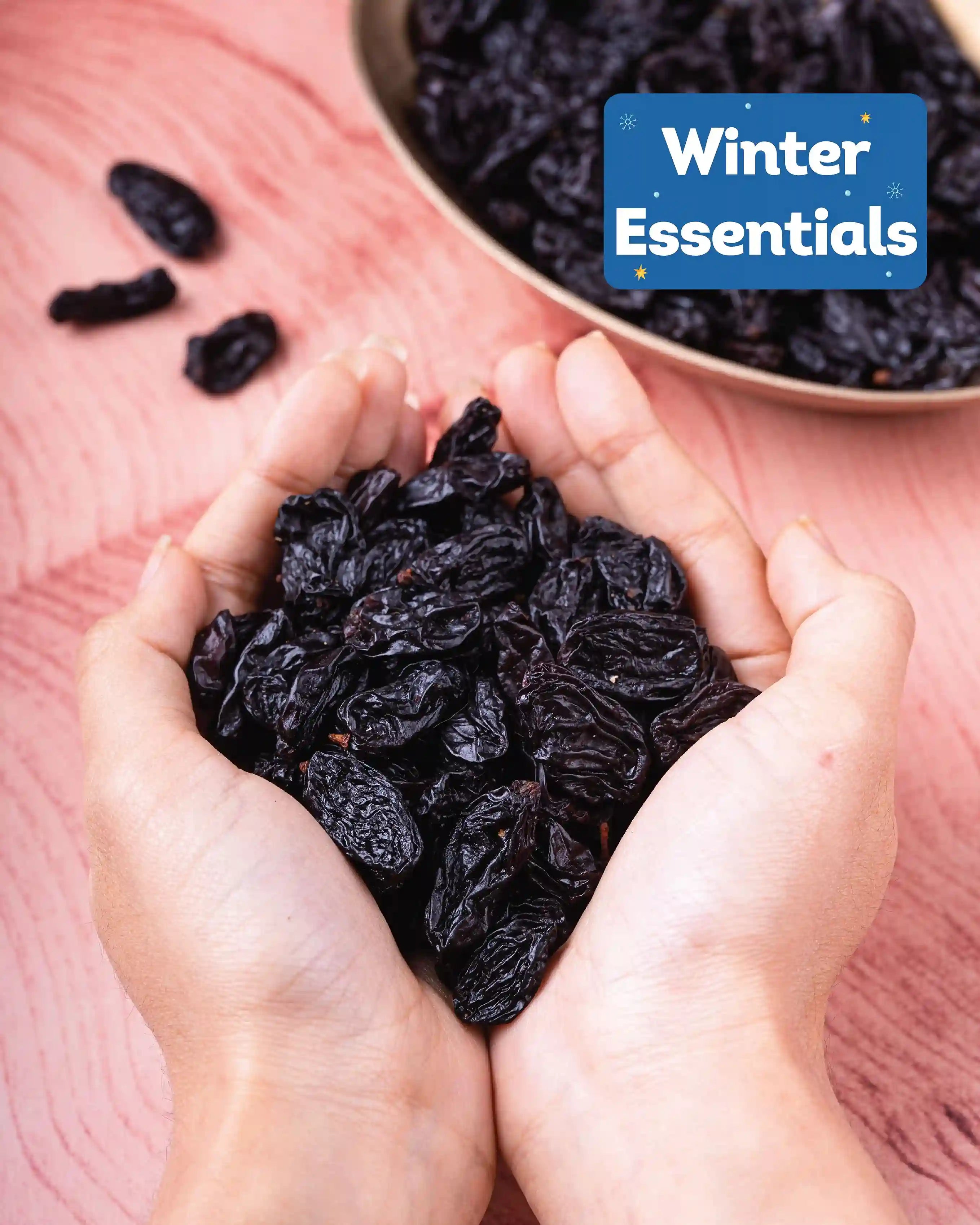
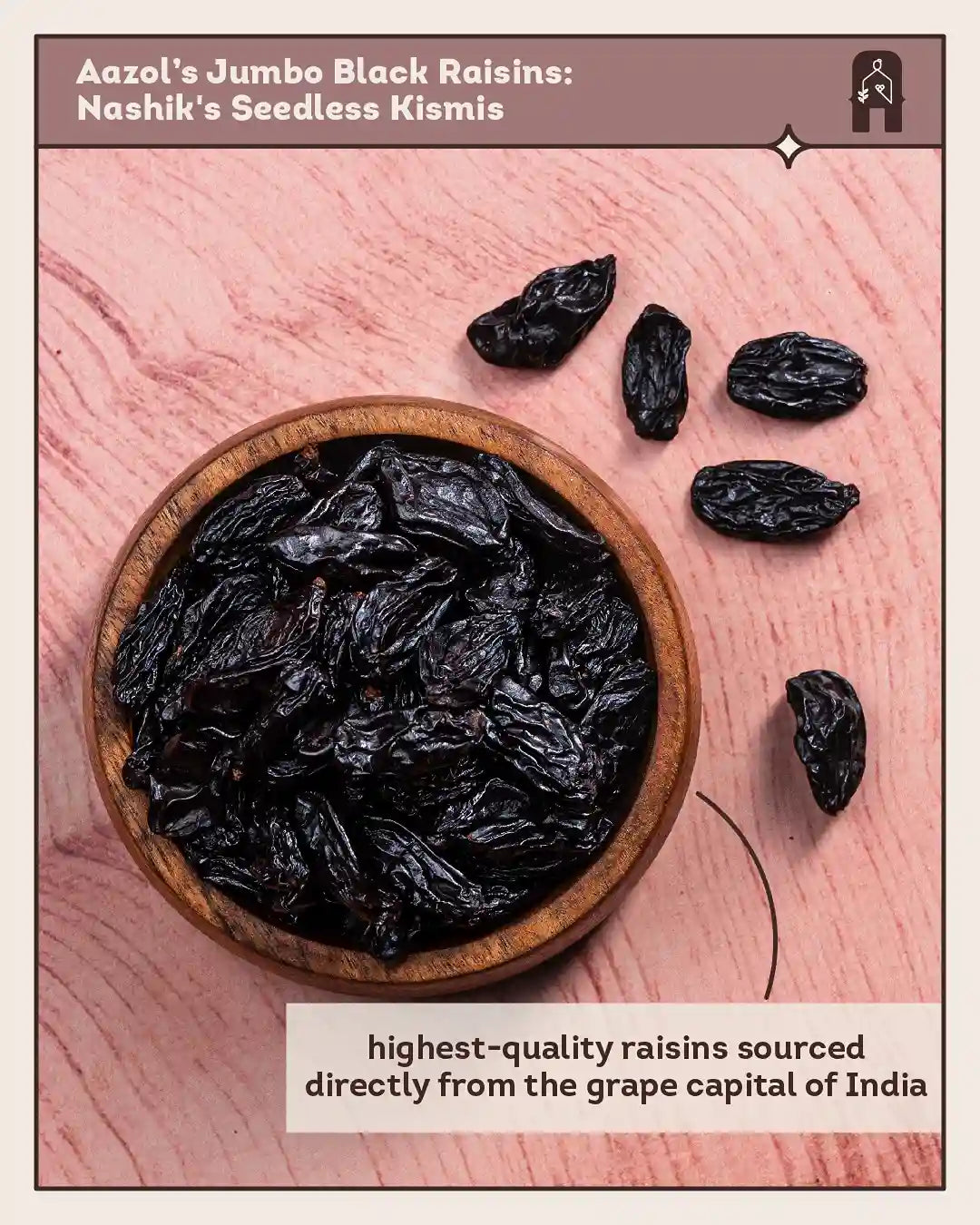
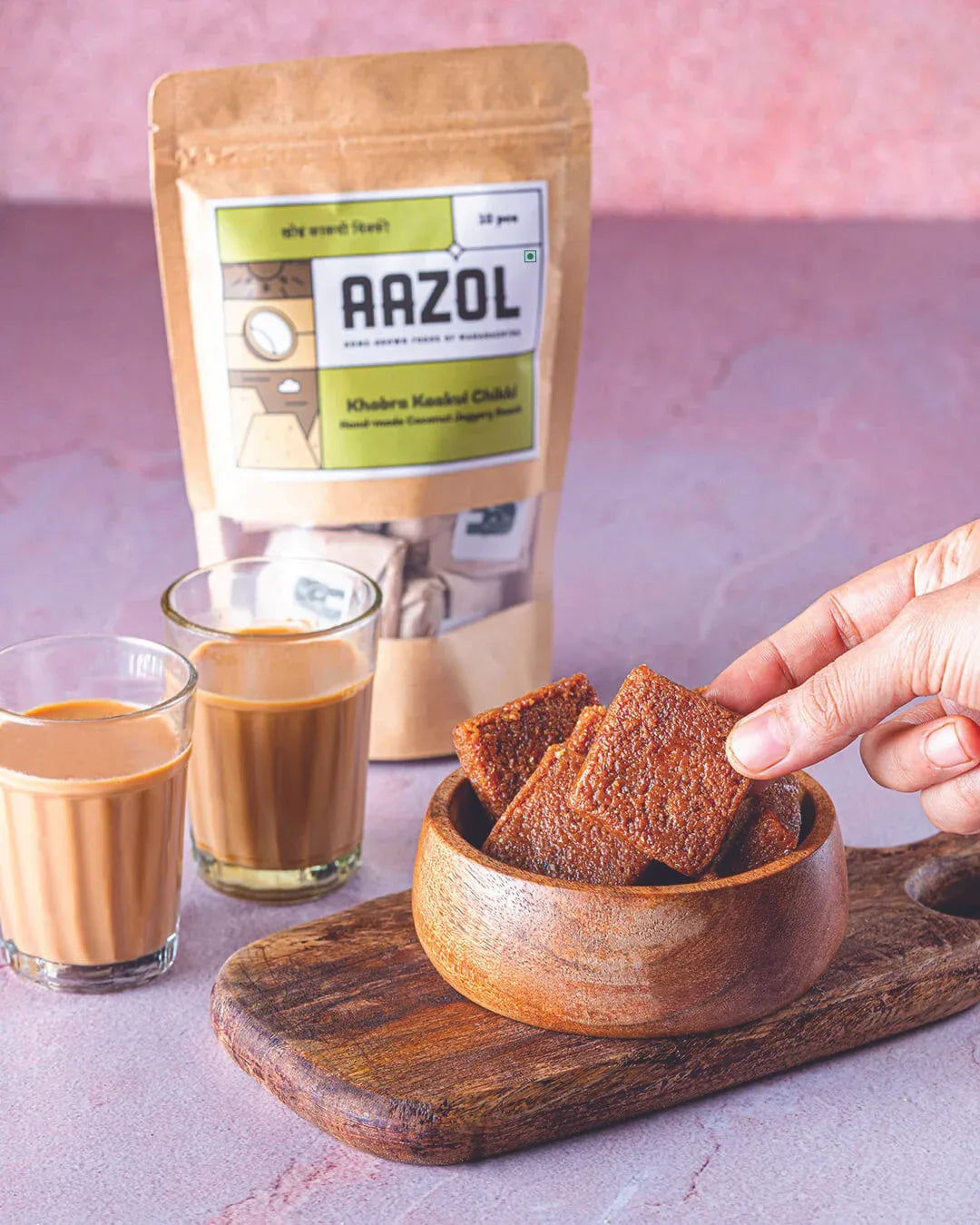
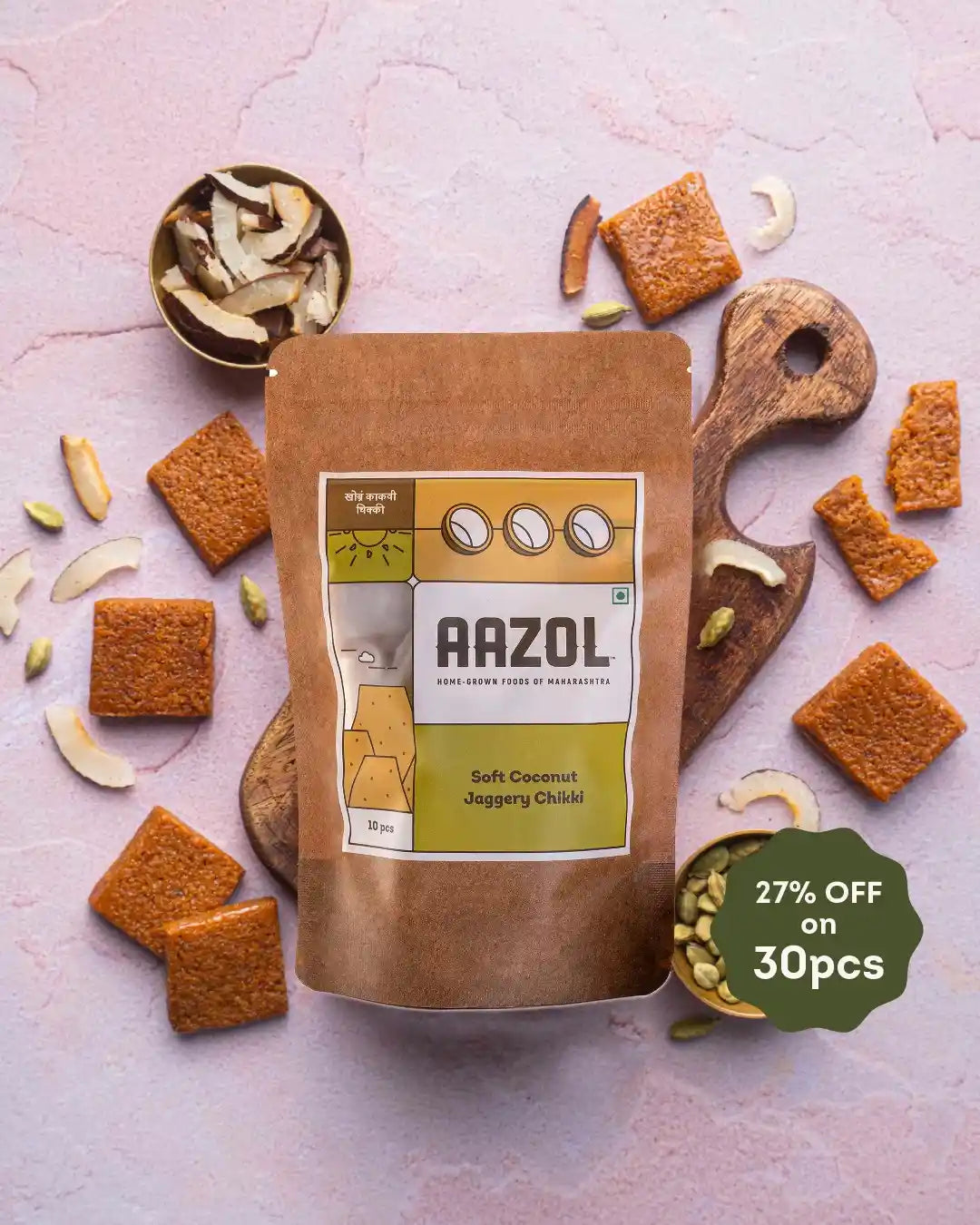
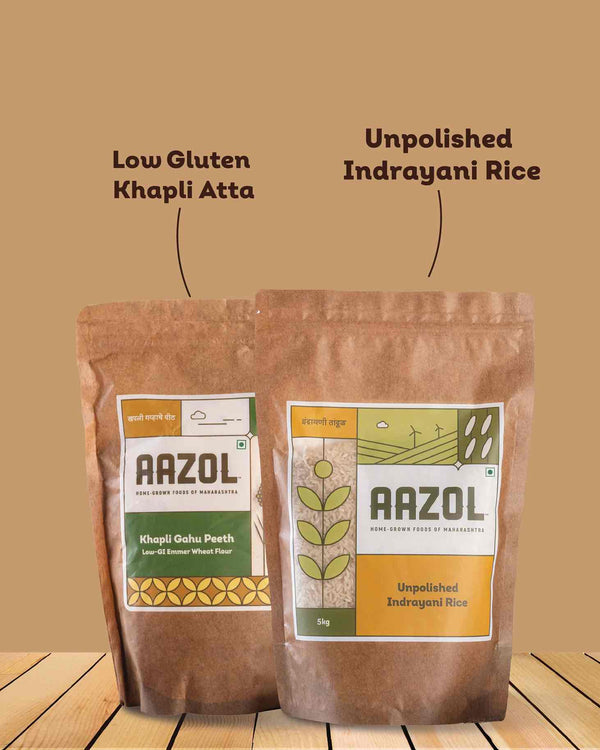
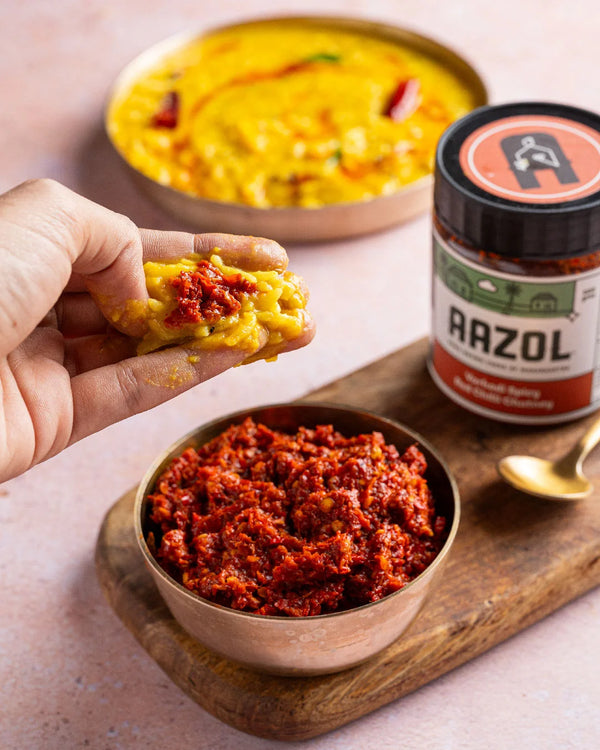
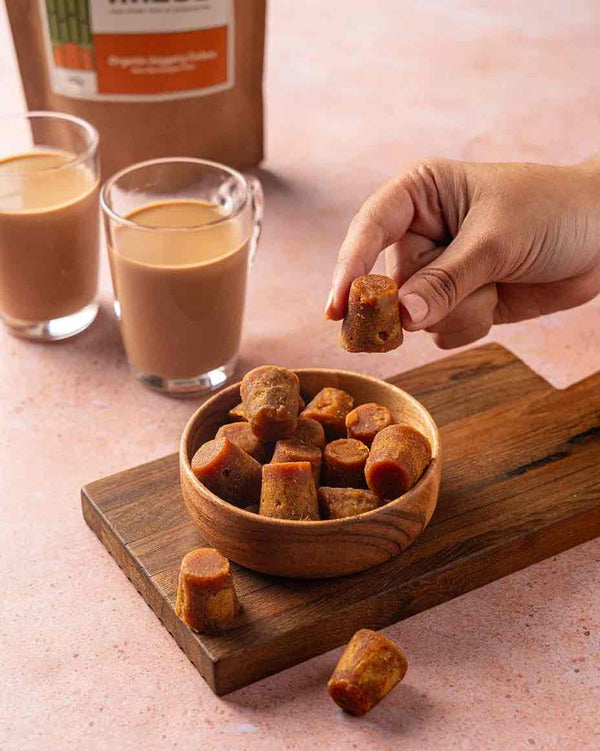
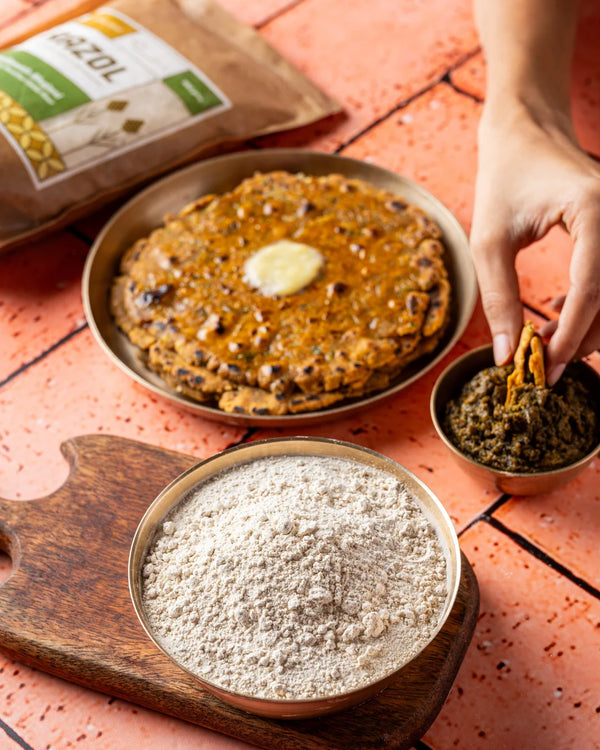
Comments (0)
Your comment may be featured to help others on a similar journey